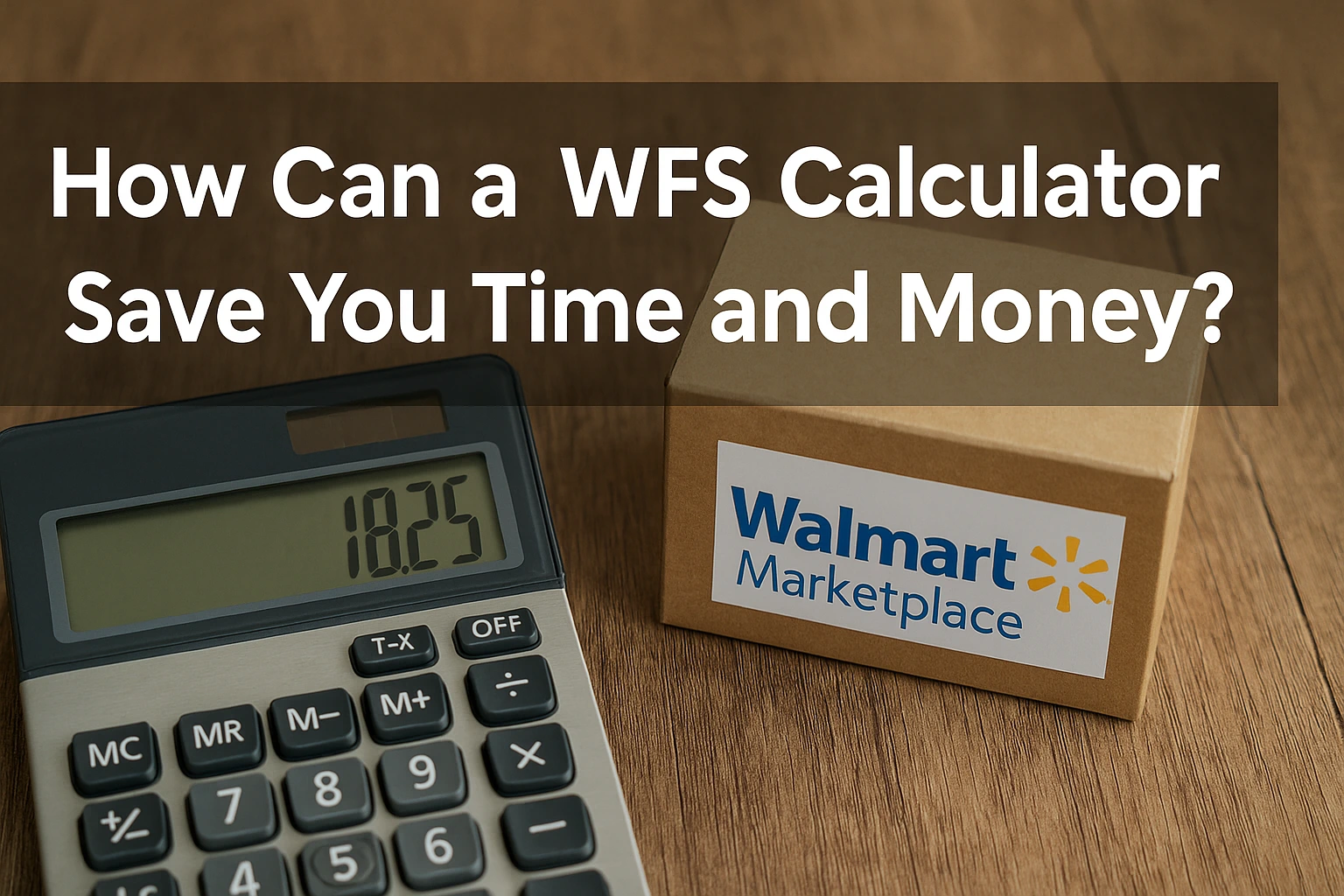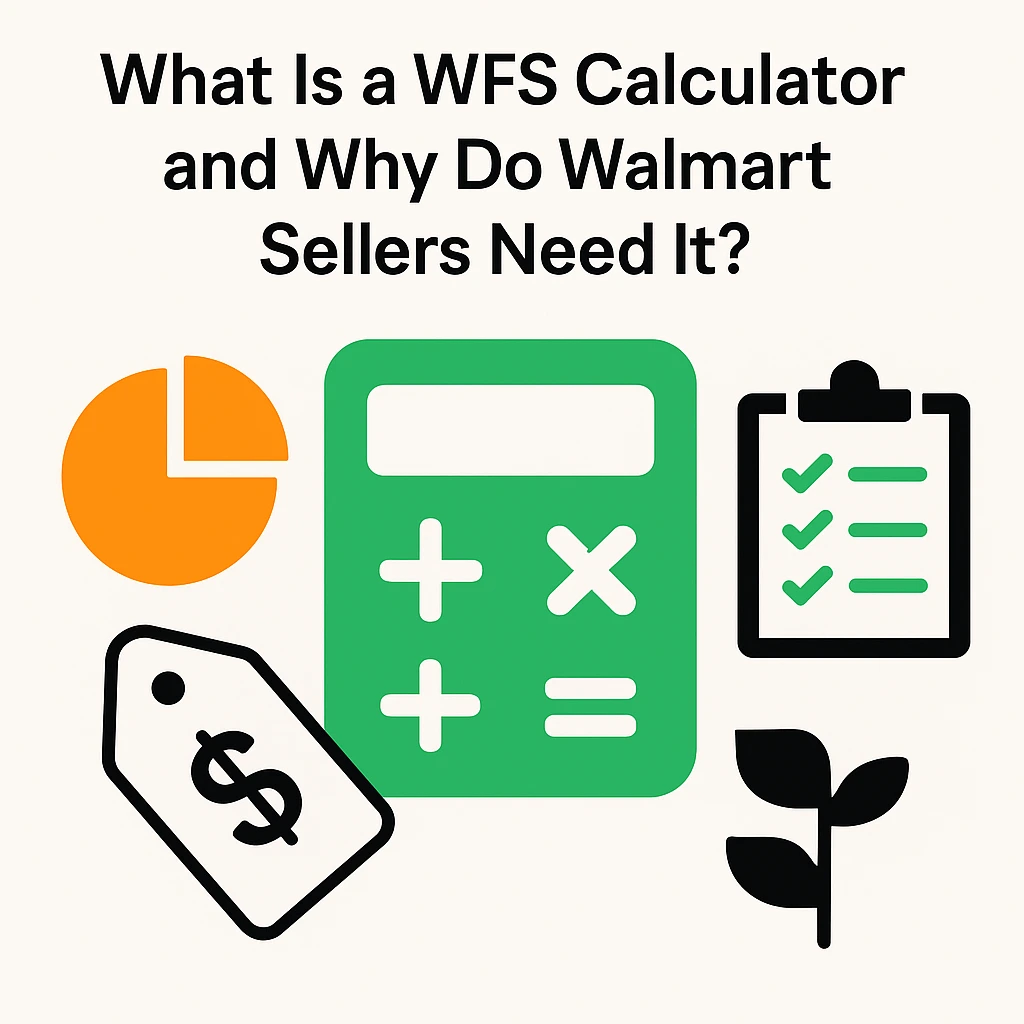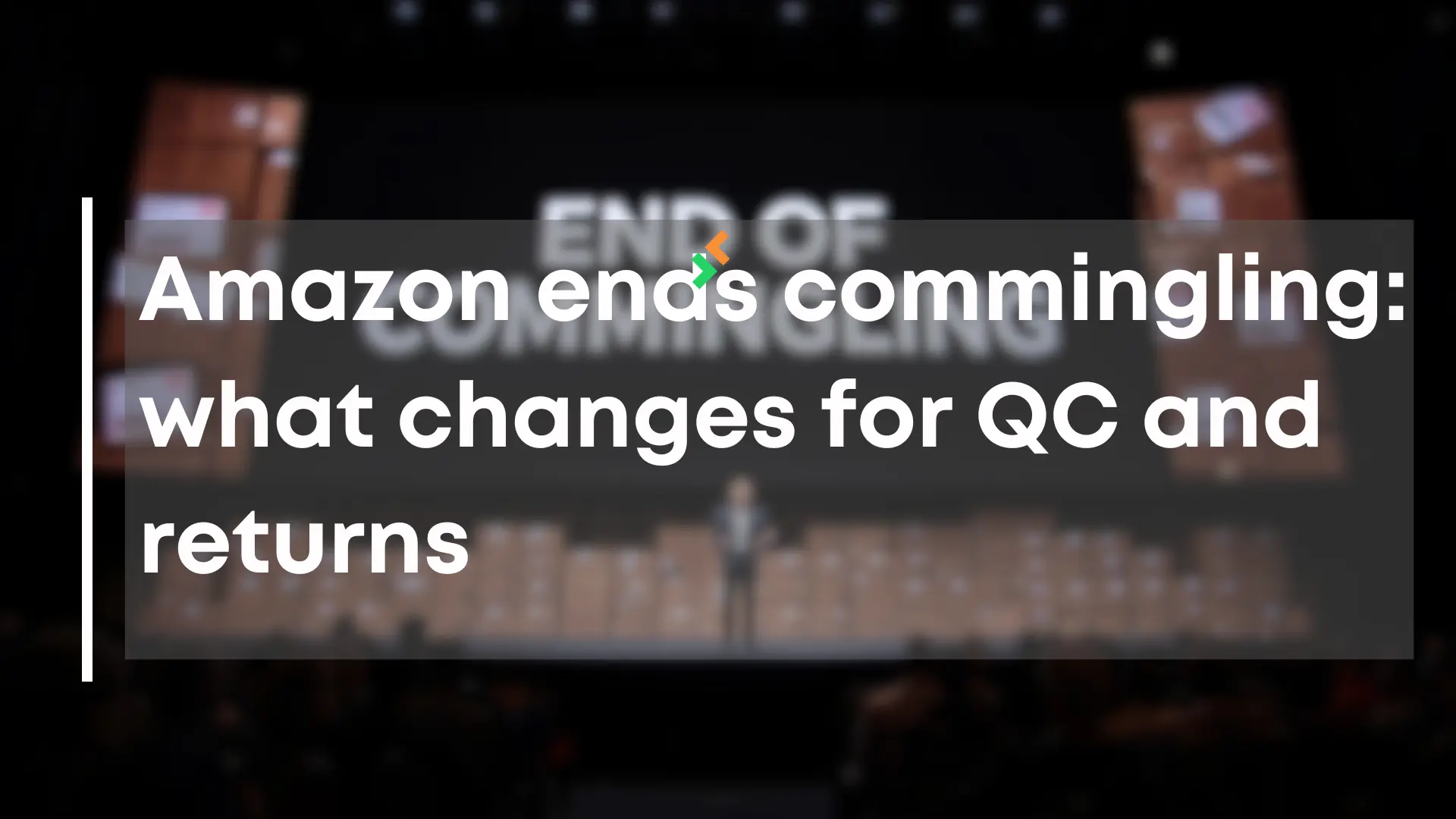
A WFS calculator is one of the most essential tools for Walmart sellers who want to stay profitable while avoiding hidden fulfillment costs. As more sellers turn to Walmart Fulfillment Services (WFS) for its lower fees and streamlined logistics, understanding the actual costs tied to each product listing has become critical. Without accurate forecasting, sellers risk underpricing, misjudging margins, or tying up capital in unprofitable SKUs.
This is where a WFS calculator transforms the game. Instead of estimating fees based on guesswork—or relying on Walmart’s basic estimator—you gain precise, data-backed insights in seconds. And with the right tool, like the one offered by CrazyVendor, you can turn those insights into faster decisions, better pricing, and stronger cash flow.
Table of Contents
What Is a WFS Calculator and Why Do Walmart Sellers Need It?

Accurate cost forecasting from the start
A WFS calculator isn’t just a convenience—it’s the backbone of any profitable Walmart selling strategy. With a few inputs like weight, dimensions, and product category, sellers can instantly access a breakdown of fulfillment, storage, referral, and miscellaneous fees.
Without this tool, many sellers unknowingly underprice their products, assuming Walmart’s built-in estimator is enough. However, that default estimator often excludes key variables such as apparel surcharges, long-term storage fees, or return costs. The result? Unexpected charges that reduce profitability after a sale has already been made.
Enhancing listing decisions before they go live
Having a clear view of the cost structure before a product goes live enables smarter decision-making. A WFS calculator prevents sellers from walking into low-margin traps and equips them to pivot quickly, whether that means adjusting price points or shelving a product altogether.
Want to know how Walmart stacks up against Amazon? CrazyVendor’s comparison guide outlines the key differences in selling strategy.
How a WFS Calculator Saves Time and Reduces Costly Mistakes
Replacing manual calculations with automation
Manually calculating fulfillment fees is a cumbersome process, especially if you’re handling a variety of SKUs. Using spreadsheets to compare product formats or variations increases the risk of human error. Fee changes, dimensional thresholds, and seasonal surcharges make this even trickier. A WFS calculator simplifies all of this. You plug in your product specs and get detailed fee projections in seconds.
Supporting rapid product testing and iteration
For sellers testing multiple versions of a product, speed matters. Whether you’re deciding between a 10-oz mug or a 14-oz one, or evaluating a bundle versus a single unit, the WFS calculator lets you run quick, side-by-side cost comparisons. These real-time insights help you identify which variation yields better margins before spending on inventory or ads.
Want to improve how you manage wholesale products through Walmart Fulfillment Services? Read CrazyVendor’s guide on maximizing efficiency with WFS wholesale for step-by-step strategies.
Understanding Fulfillment Costs Before You Sell
Breaking down cost components
The WFS calculator provides transparency across multiple fee categories. This includes the fulfillment fee (for picking, packing, and shipping), monthly storage fees based on cubic volume, the 15% referral fee on most categories, and specialized surcharges for apparel or low-cost items. These often-overlooked fees have a significant impact on the total cost-per-sale.
Preventing margin loss from mispricing
Suppose you’re selling a set of wireless earbuds at $29.99. After calculating all fees—fulfillment, storage, and referral—the WFS calculator reveals your cost is $8.25. Your margin: $21.74. But drop that price to $19.99, and your margin plummets to $11.24. Without using the calculator beforehand, that near 50% loss might come as a shock after it’s too late.
Planning for Seasonal Spikes With Data
Accounting for Q4 and long-term storage
Storage fees rise sharply from October through December. A WFS calculator allows sellers to forecast these changes in advance, adjusting inventory and promotional strategies before holiday surcharges bite into margins. Sellers also gain visibility into long-term storage thresholds, helping them move stock before extra charges apply.
Adapting pricing and inventory strategies ahead of time
By knowing exactly how costs will change in Q4, sellers can plan accordingly. Whether through bundling, flash sales, or delaying launches until after peak season, these strategies are only viable when backed by accurate, upfront data.
Why Cost Visibility Improves Cash Flow and Inventory Turnover
Understanding break-even points and profitability ranges
Cash flow is one of the most delicate aspects of running an e-commerce business. Holding on to slow-moving inventory or misjudging fulfillment fees directly impacts your liquidity. A WFS calculator shows your real-time break-even point, allowing for tighter control of cash reserves and investment decisions.
Avoiding capital drain from poor inventory choices
The calculator helps sellers choose efficient product sizes, avoid over-ordering, and test price sensitivity without financial risk. This leads to better turnover rates and less capital stuck in unsellable or slow-moving goods.
If you’re working across Amazon, Shopify, and Walmart, CrazyVendor’s multichannel playbook offers practical solutions to unify inventory and fulfillment strategy.
What Makes a WFS Calculator Better Than Walmart’s Fee Estimator?
Feature depth and seller-specific customizations
Walmart’s default estimator is minimal—it doesn’t factor in real-time updates or seller-specific variables like return fees or multi-unit bundles. A full-featured WFS calculator, like the one developed by CrazyVendor, includes those advanced scenarios, ensuring sellers are never caught off guard.
Integration and usability for serious sellers
CrazyVendor’s version of the WFS calculator is constantly updated, mobile-compatible, and supports Chrome extensions. It’s not only faster but designed with serious sellers in mind—those managing dozens or hundreds of SKUs and who need to test variations or bundles with ease.
Smarter Product Selection Starts With Better Cost Data
Forecasting ROI before committing to inventory
One of the biggest mistakes new sellers make is assuming every product can be profitable. But with a WFS calculator, you can validate your assumptions in advance. The tool shows projected ROI, margin percentage, and total cost-per-sale based on real fees, not rough math.
Identifying high-profit opportunities
This leads to better product selection overall. Rather than testing blindly, sellers can prioritize listings that hit target margin thresholds and meet cost-efficiency benchmarks. It’s the kind of insight that separates sustainable brands from short-lived storefronts.
Need help refining your catalog? CrazyVendor’s guide to scaling eCommerce covers how to evaluate product fit, customer demand, and operational feasibility together.
Conclusion: Don’t List Blind—List Smart With a WFS Calculator
The WFS calculator isn’t just a helpful widget—it’s a vital asset in your Walmart Marketplace strategy. It protects your margins, sharpens your pricing, and informs every fulfillment decision with real data.
When used consistently, it saves hours of manual calculations and prevents margin-crushing surprises. And when paired with a complete toolkit like CrazyVendor’s platform, it becomes the foundation of a smarter, more profitable selling operation.
If you haven’t used a WFS calculator yet, now is the time. Try it before your next listing and see just how much clarity—and confidence—it brings to your bottom line.
You can also follow us on social media for more e-commerce insights and updates!










